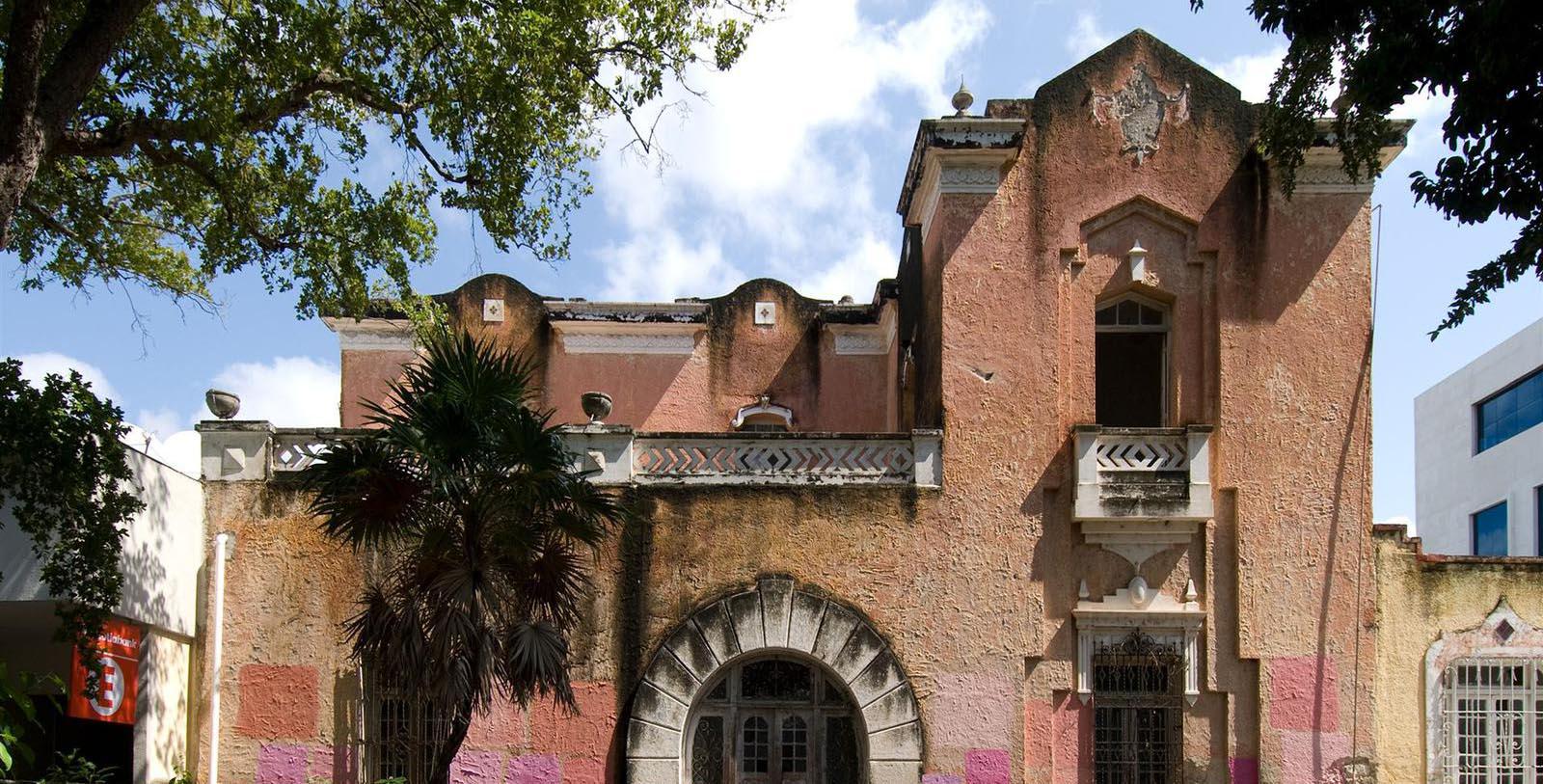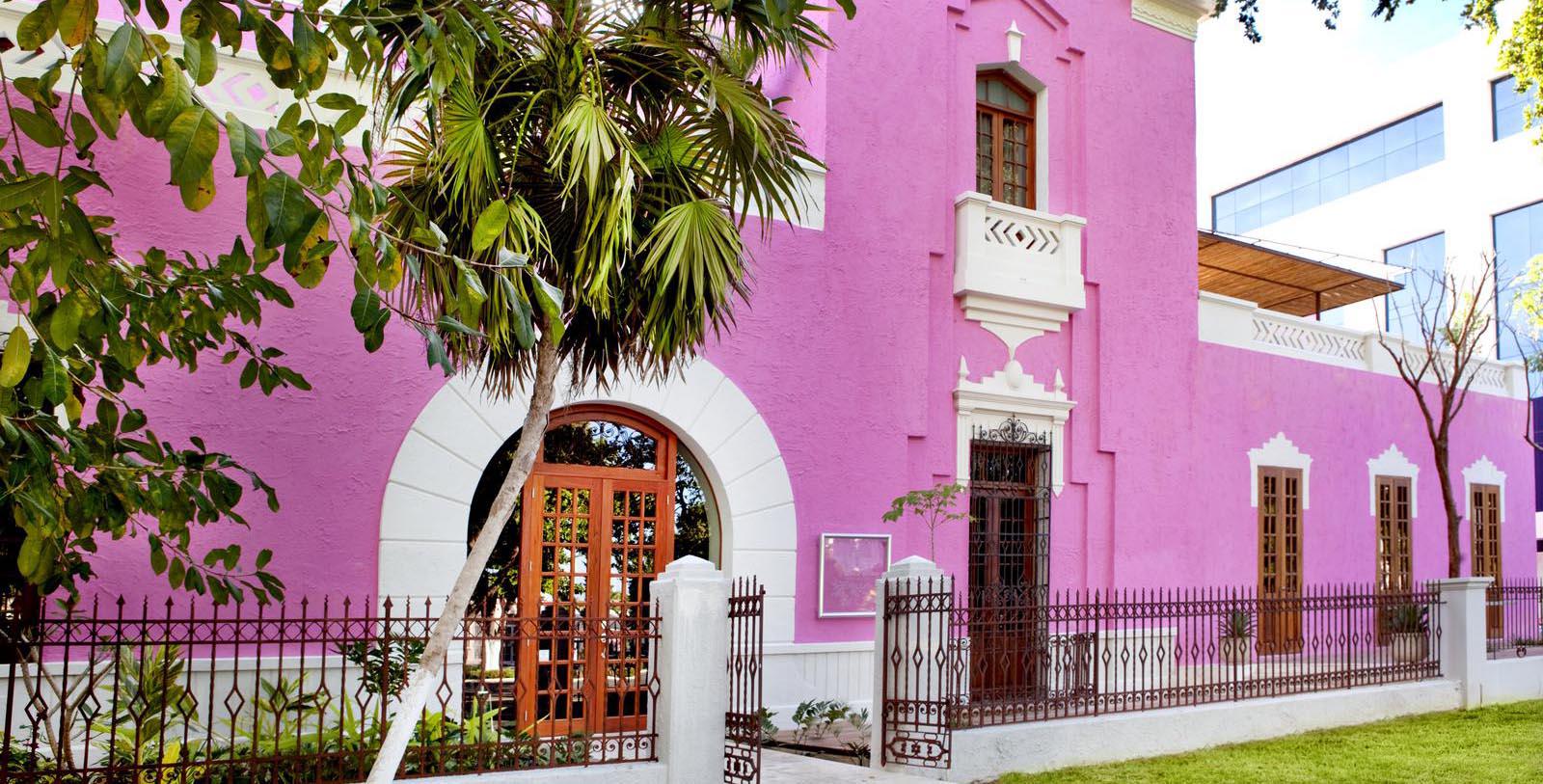Receive for Free - Discover & Explore eNewsletter monthly with advance notice of special offers, packages, and insider savings from 10% - 30% off Best Available Rates at selected hotels.
history
Discover the Rosas & Xocolate Boutique Hotel, which is comprised of several historic mansions that date to 1909.
Rosas & Xocolate Boutique Hotel was constructed in the years leading up to World War I, which was an era defined by its economic prosperity, artistic expression, and political intrigue.
Rosas & Xocolate Boutique Hotel contains a history that reflects a sensitivity towards the past, while showcasing its seamless integration with the future. Originally a series of uninhabited mansions left dormant for over 30 years, this historic hotel was originally renovated by the talented team at the Reyes Rios / Larrain architectural firm. They worked tirelessly to bring to life the vision of the hotel’s owner, Carol Kolozs Fischer, in which the original historic structure was perfectly preserved. Led by the talented Salvador Reyes Rios and Josefina Larrain, they managed to blend the new additions of the structure seamlessly with the already existing Spanish Colonial Revival architecture. Rosas & Xocolate Boutique Hotel invites visitors to enjoy its historic past coupled with its glorious future. Prizing art, fashion, and architecture, the historic Yucatan hotel is a spectacular oasis for those who seek it during their time in Mérida.
-
About the Architecture +
The beauty of Rosas & Xocolate Boutique Hotel can be found in every detail, highlighted by the diligent perseverance and the innovation of its designs. New tiles were crafted to resemble intricate carpet aesthetics, while antiques were completely restored to contribute to the historic ambiance of the location. Water gardens were established in order to exude copmlete tranquility. During the hotel's reconstruction, the technique of Chukum was employed. Frequently utilized by the ancient Mayans, Chukum occurs when tree bark is boiled until it is in a prime condition. Doing so will allow the bark to produce dye, which is then mixed with white cement. This concoction was utilized to treat each wall, giving it a matchless effect that represents the design aesthetics of Mayan culture.


























